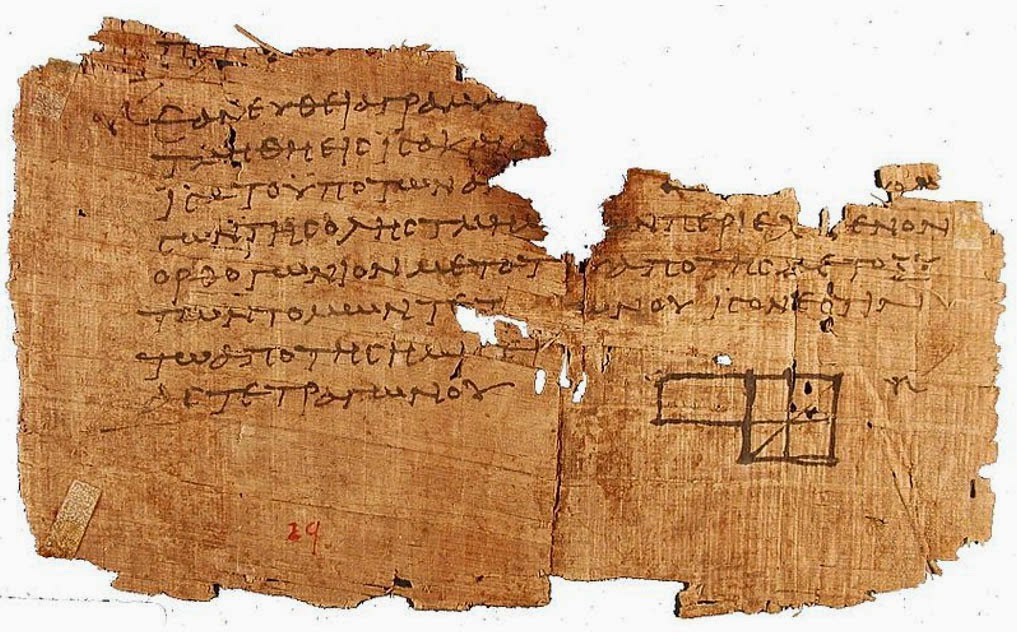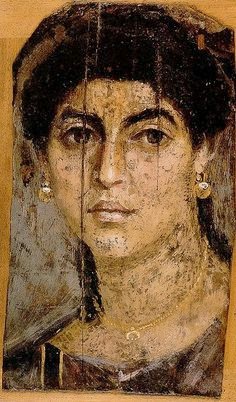Egyptian Scrolls Reveal Hangover Cure.
A 1900-year-old text medical
papyrus suggests that wearing a leathery-leafed plant will cure a night of
drinking. Why the ancient Egyptians may be the best doctors we have.
If a night of revelry has
awoken you to a morning of agony, you’re in luck.
According to a
medical papyrus from ancient Egypt, the
leaves of the Alexandrian shrub chamaedaphne
are the answer. If you’ve never heard of them you aren’t alone. The directions,
from a recently translated 1,900-year-old-text, instruct sufferers to string
the leaves into a garland to wear around their neck.
Used by the Egyptians for
general headaches, the treatment could prove a successful remedy for
whiskey-induced discomfort. The finding is just one potential new cure discovered
in the largest collection of medical papyri now sitting at the Egypt
Exploration Society at Oxford University’s Sackler Library.
Under translation until now,
this current volume was among 500,000 others discovered in Oxyrhynchus—a city
in Upper Egypt—in 1915. The papryi made its way to the Egypt
Exploration Society and Oxford University’s
Sackler Library after Arthur Hunt, a papyrologist, and Bernard Grenfell,
an Egyptologist, assisted with the exaction of Oxyrhynchus
Papyri with other archeologists.
The documents found at
Oxyrhynchus, ranging from literary works to medical ideas, were written in
Greek, Latin, and Arabic. The recently translated texts reflect the influence
of Greek medical expertise.
 |
| 1900 year old Papryi from Egypt |
Translation of such a
tremendous amount of papyri is no small task. Researchers have been working on
translations for a possibly headache-inducing 100 years. Volume 80 is fresh off
the press with 30 newly translated medical papyri including treatments for
ailments such as hemorrhoids, ulcers, tooth complications, and even eye
surgery.
“These texts are hugely
important as they give us an insight into daily life at the time,” said Dr.
Margaret Mountford, a papyrologist at the Egypt Exploration Society to The Daily Mail. “Some were copies of ancient Greek
medical texts but there were some original medical texts—which look more like
magical spells in some ways.”
One of the treatments involves
removing the head of an ant and rubbing into a stye. Rainwater, dried roses,
starch, poppy juice, white lead, gum Arabic, copper flakes, antimony oxide,
washed lead dross and Celtic spikenard (a plant) apparently cure discharge from
the eyes when mixed together.
Though wearing a
leathery-leafed plant may or may help after a night of drinking, the discovery
of these translations is an “eye-opening” look at the lives of ancient
Egyptians and their doctors.
With cures ranging from wacky
to brilliant, the findings represent "the largest single collection of
medical papyri to be published," according to
Vivian Nutton, a professor at University College London.
The distinction is a major one
considering the influence that previous Egyptian papyri have had on the medical
community thus far. The “Edwin Smith Papyrus,” for example, was one of the
first to be discovered in 1862, containing early roadmaps to surgical
procedures. Another, the “Ebers Papyrus” brought some of the first knowledge of
obstetrics and gynecology.
Whether or not the cures
actually work remains to be seen. That people will be testing out a new cure to
drinking as soon as possible, however, seems certain.


